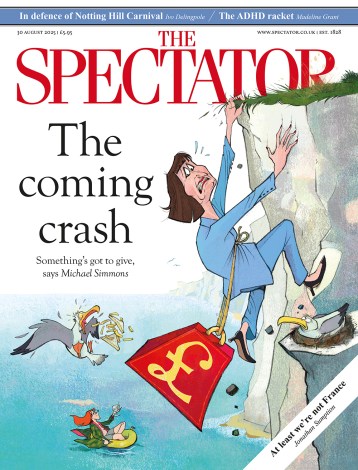Come in, but keep your voices down
The illustrated manuscripts of the European Middle Ages are among the most beautiful works to survive from a maligned and misrepresented age. The darkest of the Dark Ages produced the Book of Kells and the Lindisfarne Gospels. Out of the most vicious period of France’s medieval history emerged the exquisite books of hours painted by the Limbourg brothers for the repellent Duke of Berry. Yet, unlike the panel paintings, the sculpture, the buildings or the jewellery of the period, illustrated manuscripts are almost entirely inaccessible to the public. Light, oxygen and humidity, the three great enemies of pictorial artefacts, are especially unkind to manuscripts. Vellum is made of animal skin,




















